Quite early into my still-young photographic journey, I fell in love with medium format photography. I adore how the film format captivates with its unique blend of fine grain and smooth aesthetics, giving every photograph a special touch. However, finding a matching camera for my needs (and budget) was not easy at all. By accident, I stumbled across an unbeatable offer for the Pentax 645 system and decided to give the camera a chance. Not only has this camera become my absolute go-to, but also has it surprisingly changed my approach to photography.
In this mini-review, I’ll delve into the intricacies of this iconic camera, exploring its design, features, limitations, and my shooting experience so far. Also, I want to help fellow beginners wondering if the Pentax 645 would be a good start for exploring the medium format.
First impressions and specifications
I vividly recall the moment I acquired the Pentax 645 from a fellow film enthusiast on a cold winter day in Berlin. The camera is a weighty, fully electronic cube, with an oddly loud shutter sound. At first glance, its modern, professional appearance seemed incongruous with my romanticized notions of how a film camera should look like. It was evident that my initial skepticism disappointed the lovely woman selling me the camera. “Trust me, you will love it after your first roll,” she assured me, as she shared some of her remarkable work. At that moment, I understood the depth of her conviction. A few minutes later, I left behind my romanticized ideals of traditional film cameras in the dodgy streets of Neukölln and returned home, eager to try out my new Pentax 645.
Film format: 6 x 4.5, leading to a crop factor of 0.62.
Lens mount: Pentax “A” (645) mount (FA and DFA also possible)
Metering: TTL, center-weighted
Exposure modes: Program, Aperture- and Shutter priority, and Manual
Shutter: Vertical cloth focal plane
Shutter times: 1/1000 to 15 seconds, additional bulb mode
Flash synchr. speed: 1/60 of a second
Power supply: 6-AA batteries in the grip (endures around 100 rolls)
Additional features: Built-in motor drive (1.5 frames per second), exposure compensation, multi-exposure function
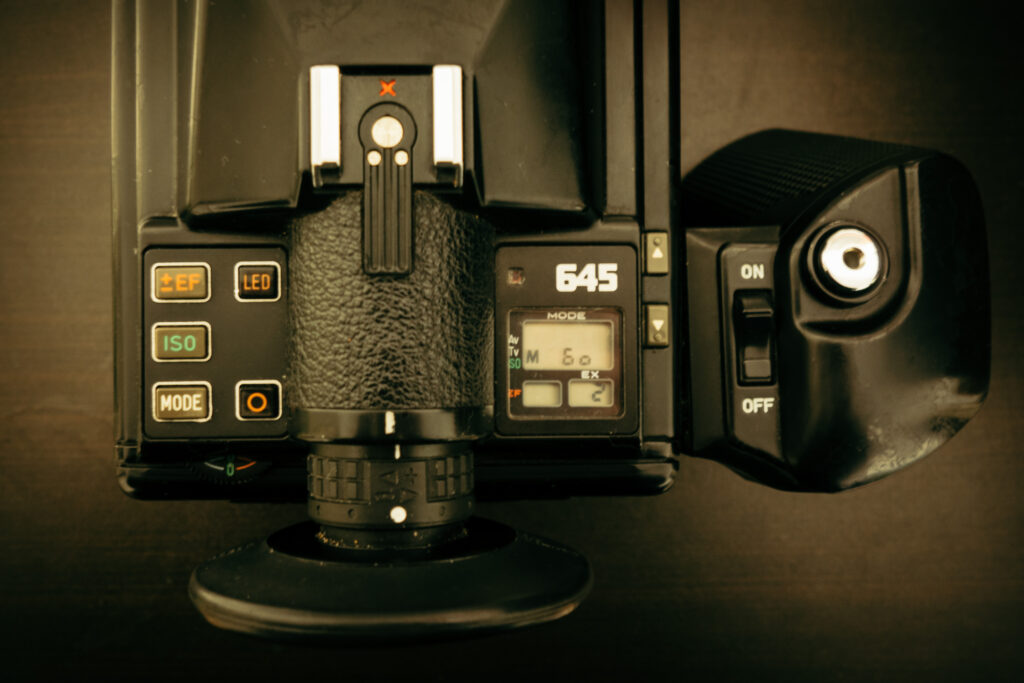
Camera Design and Ergonomics
While Pentax 645 design choices may seem unconventional by contemporary standards, it’s easy to imagine the camera’s futuristic appeal when it was first introduced in 1984. Personally, I love its quirky aesthetics and find it rather charming. Despite its considerable weight – nearly 1.3 kg without a lens attached – the camera feels well-balanced and ergonomic in my hand. Despite being made of plastic, the camera body exudes a sense of high quality and craftsmanship.
Moreover, it’s sufficiently portable to carry on day trips or to easily slip into my backpack. The viewfinder is well-positioned, large, but unfortunately on the dimmer side. Adjusting settings via the outfashioned LED screen and via the small rubbery buttons feels fiddly and odd at the beginning. While initially missing the more intuitive control wheels of traditional cameras, the operation of the camera is remarkably smooth and enjoyable, after getting used to its quirks. The electronic shutter itself is surprisingly loud and sounds more like a malfunction than a clean shutter slap. You will raise some attention with the look and sound of the camera for sure. Besides its annoyingly loud shutter sound and dim viewfinder, I would rate the design and ergonomics of the camera very positively.
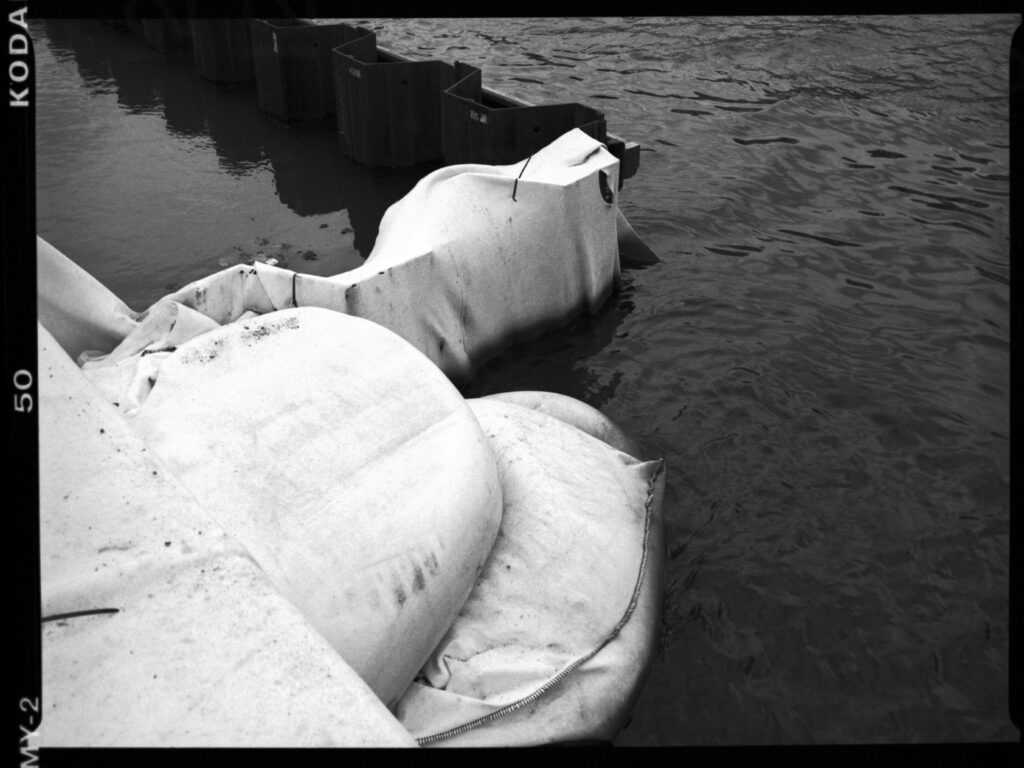
Some words on the 6 x 4.5 format
Before purchasing the Pentax 645, I had some concerns about its 6 x 4.5cm format, which yields a 4:3 aspect ratio. Yet, after several months of using the camera, my perspective has shifted. I now realize that my initial skepticism likely stemmed from the numerous negative assertions I had encountered regarding the format. In the vast realm of online discourse read in several forums or seen in YouTube videos, it may sometimes be hard to distinguish between negative bias and valuable information (e.g., “Rodinal is not a fine-grain developer bro” #freerodinal). It’s not uncommon to encounter assertions that the leap in resolution from 35mm to 6 x 4.5 format is insufficient, suggesting either opting for larger formats like 6×7 or 6×6 instead or sticking to 35mm. While there may be some validity to this argument, enlarging the negative to 6 x 4.5 nearly triples its size compared to 35mm, fundamentally altering the photograph’s aesthetic with smoother tones, reduced depth of field, and reduced grain. Also, the 4:3 aspect ratio feels like the perfect mix between the tight 3:2 ratio and the symmetry-bound square format of 6×6 in my opinion. But its biggest selling point is, most importantly, the fact of having few more additional shots per film roll, which feels like a blessing for an intermediate photographer who keeps messing up frames regularly.
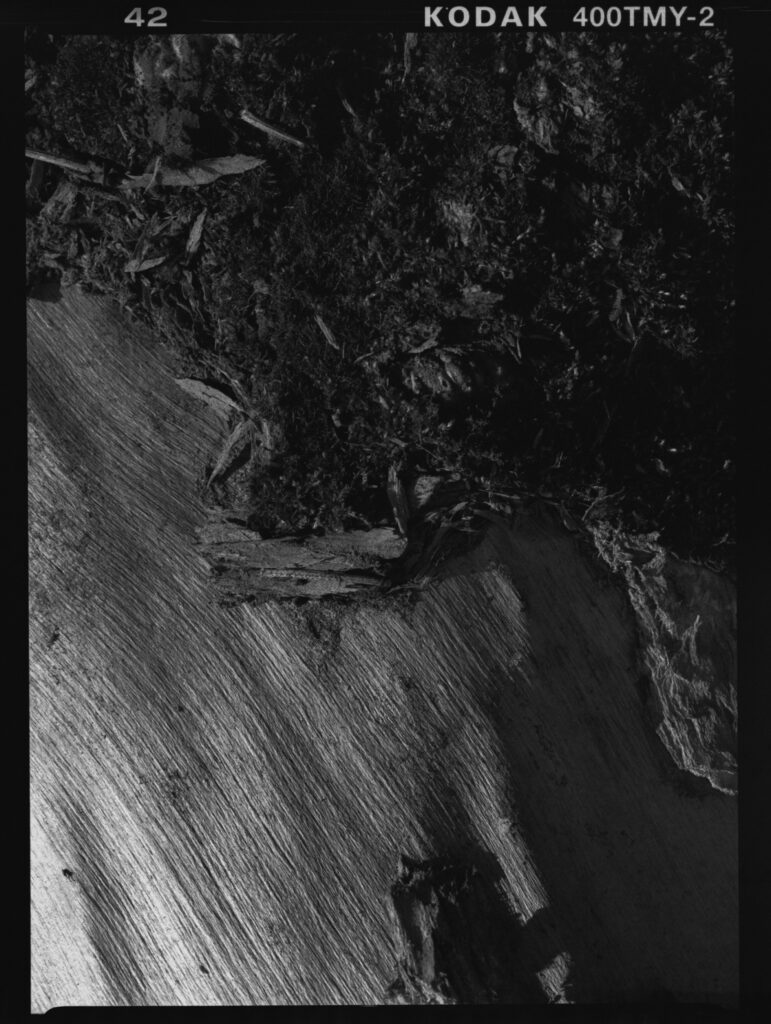
The Lens Line-Up
One of my earliest revelations in film photography, albeit a disappointing one, was realizing that lenses, not cameras, are the true creators of the image, with the camera serving merely as a light tight box with specific functionalities. Consequently, the quality of a camera system is inherently tied to the excellence of its lens lineup.
Upon its release, Asahi Optical K.K. unveiled 8 lenses for the Pentax 645 camera, later expanding to include 5 additional lenses, collectively known as the SMC Pentax-A 645 line. This extensive range offers users a selection of 13 lenses, comprising 11 prime and 2 zoom lenses, an impressively diverse array for a medium format system. In my experience, I’ve been consistently impressed by the build and image quality of the SMC Pentax-A lenses I’ve used so far. It’s not unreasonable to assert that certain lenses of the line can compete with some of the finest glass ever produced for film photography. Moreover, the medium-format lenses are competitively priced compared to other lines. A statement found true for many of Pentax’s film products.
For those interested in exploring the full lineup and reading some user reviews, I recommend visiting the link to the Pentax lens forum attached to this article at the end.
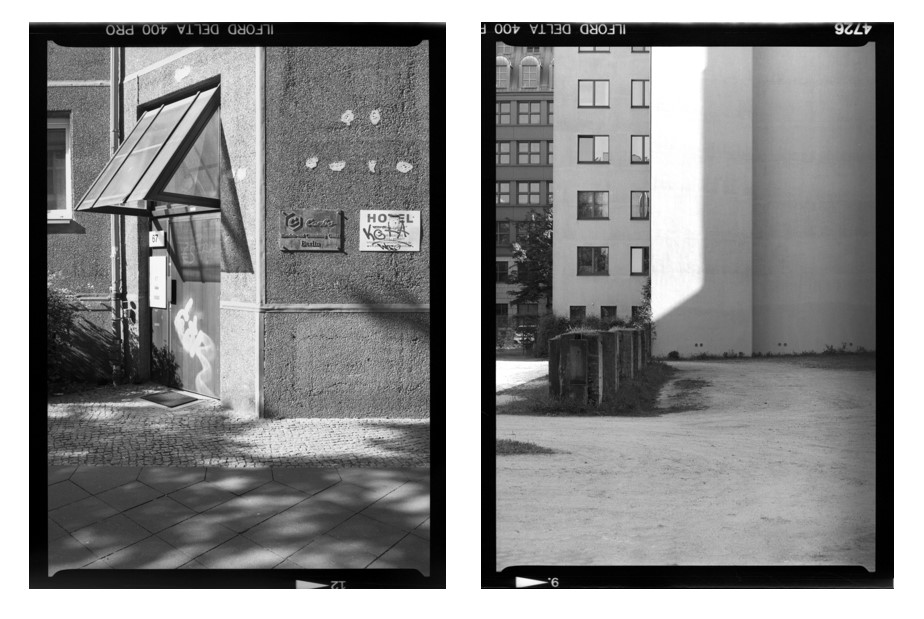
Shooting Experience
We have learned about the various features and brilliant lens lineup of the Pentax 645 so far, but what about the shooting experience? Did the camera inspire me to shoot more medium format film? – Yes sir!
If I had to sum up my experience shooting with the Pentax 645 in just one word, it would be “effortless”. Once I’ve loaded up a roll of film and dialed in the ISO and shooting mode, there’s nothing else to worry about except capturing that next shot. No rewinding or other distractions, just pure focus on the photography. Everything I need is right there in the viewfinder, making it easy to compose, frame, and snap away. The metering system is impressively precise, and both aperture and shutter priority modes work like a charm. In aperture priority mode, the camera transforms into a Point&Shoot camera on steroids. As someone who’s spent a lot of time fixating on gear, I can now let go of all that with the Pentax 645 — finally, I can now fully focus on honing my compositions and storytelling skills.
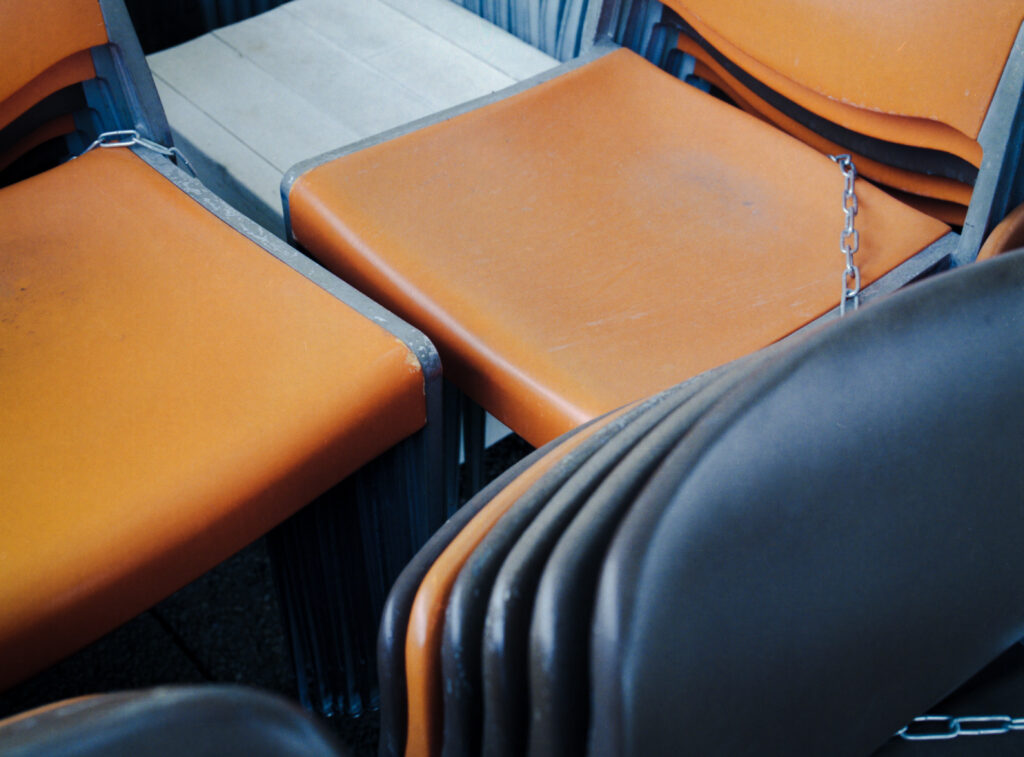
Naturally, the Pentax 645 does have its limitations, and there were certain aspects I didn’t particularly enjoy. I find that the positives far outweigh the negatives overall, so I don’t dwell on the drawbacks too much. However, I acknowledge that certain issues could be deal-breakers for some users. If I had to summarize the key selling points and potential deal-breakers …
Why to buy a Pentax 645:
- Price Point:
One of the most significant advantages of the Pentax 645 is its affordability. It’s hard to imagine finding another medium format camera that offers such a robust set of features, capabilities, and a quality lens lineup—all at such an accessible price point. Prices for a set including a prime lens range between 400 – 500€ (in Germany) - Lens Line-Up and Image Quality:
Roll after roll, my Pentax 645 has surpassed my expectations, capturing images that truly amazed me. In the hands of a more skilled photographer, this lens has the potential to produce breathtaking images. - 4:3 aspect ratio:
The 4:3 aspect ratio has been instrumental in helping me achieve more balanced and harmonious compositions in my photography. I’ve found that its unique characteristics particularly shine in landscape, portrait, and macro photography scenarios. Most importantly, it gives me a few more extra shots per rolls and helps me save money longterm.
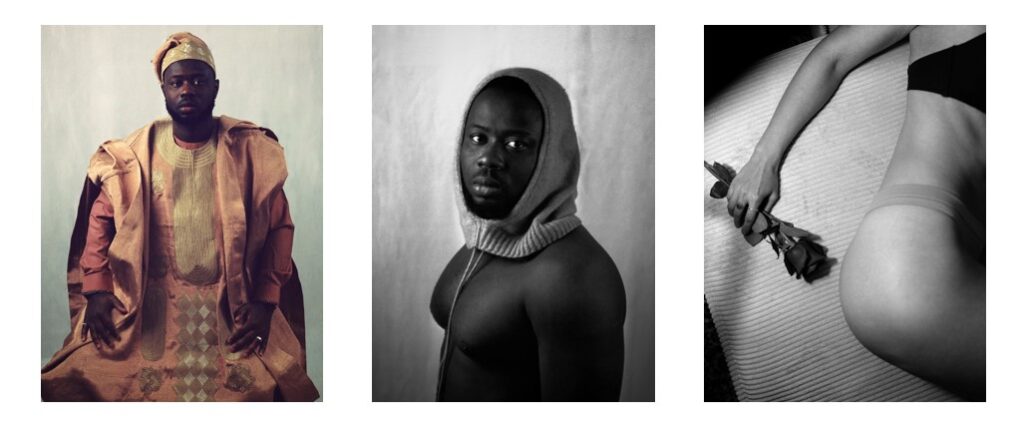
What might be a dealbreaker
- Shutter sound:
You can’t ignore the noise from this camera as it’s hands down the loudest one I’ve ever used. If you’re like me and appreciate a satisfying roar of shutters, then you’ll absolutely love the Pentax 645. However, if you need to maintain stealth while shooting on the streets, be warned—the 645 will definitely give away your position. - Dim viewfinder:
Compared to other models, it is unfortunately more on the dimmer side. In even decent lighting conditions, achieving fast and precise focusing is easily possible, but as the light diminishes, it becomes quite a difficult task. With the rather slow 645-A lens line-up, there’s no quick fix with faster glass to bail us out. - Fully electronic camera:
With the camera being fully electronic, it will find its way to the electronic graveyard sooner or later (ask Caleb Knueven from BadFlashes channel about it …)
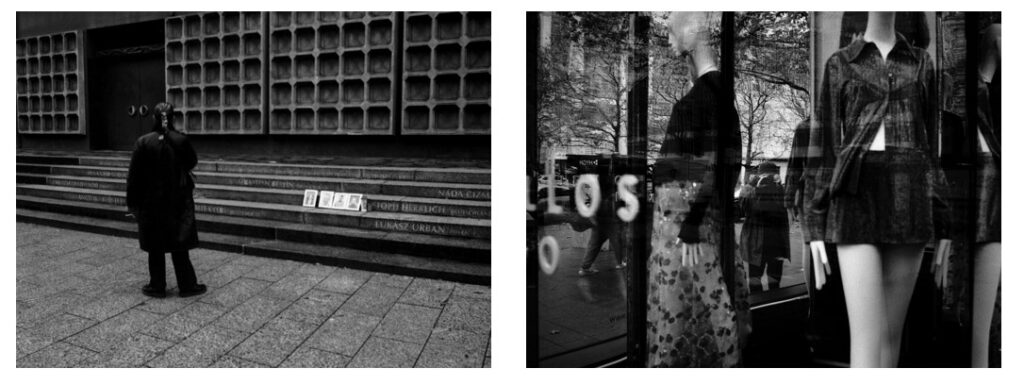
Conclusion:
Is the Pentax 645 the best medium format camera ever made? Probably not, there are medium format cameras with a better pedigree, and there are systems that offer probably even better glass. However, the Pentax 645 gives the photographer everything that’s needed to create wonderful images while remaining unbeatably affordable. Especially for beginners, this is a wonderful tool to explore the beauty of medium format film.
For me, it is the first time that I have really bonded with a camera. The Pentax 645 inspired me to shoot more film and that’s everything I need a camera to do …
Here is the link to the Pentax SMC lenses and also a cool video about the system
I am rather old-school, so if you want to follow my work, check out my Flickr account: Tommy Fleetwoodler | Flickr
Share this post:
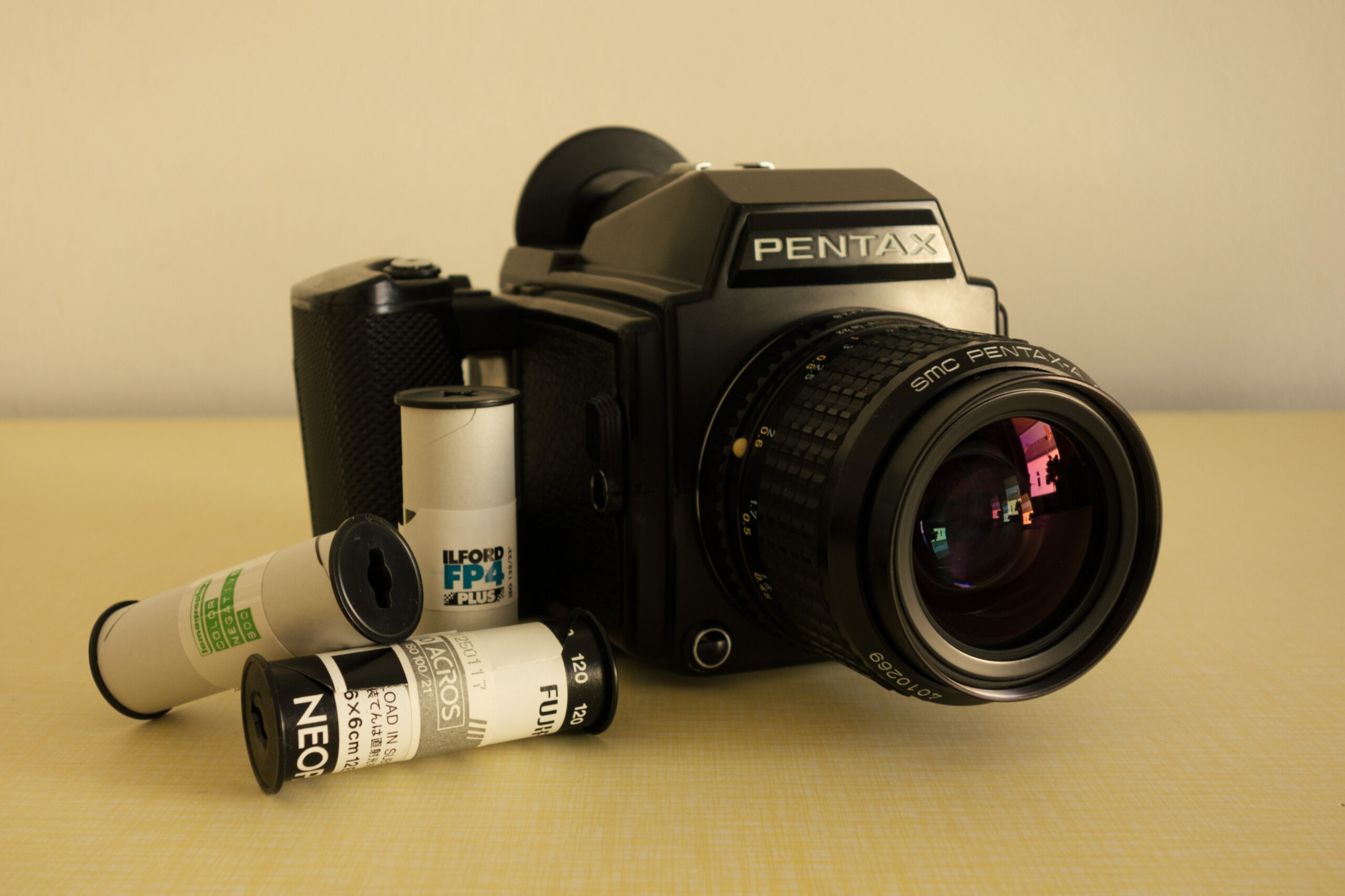
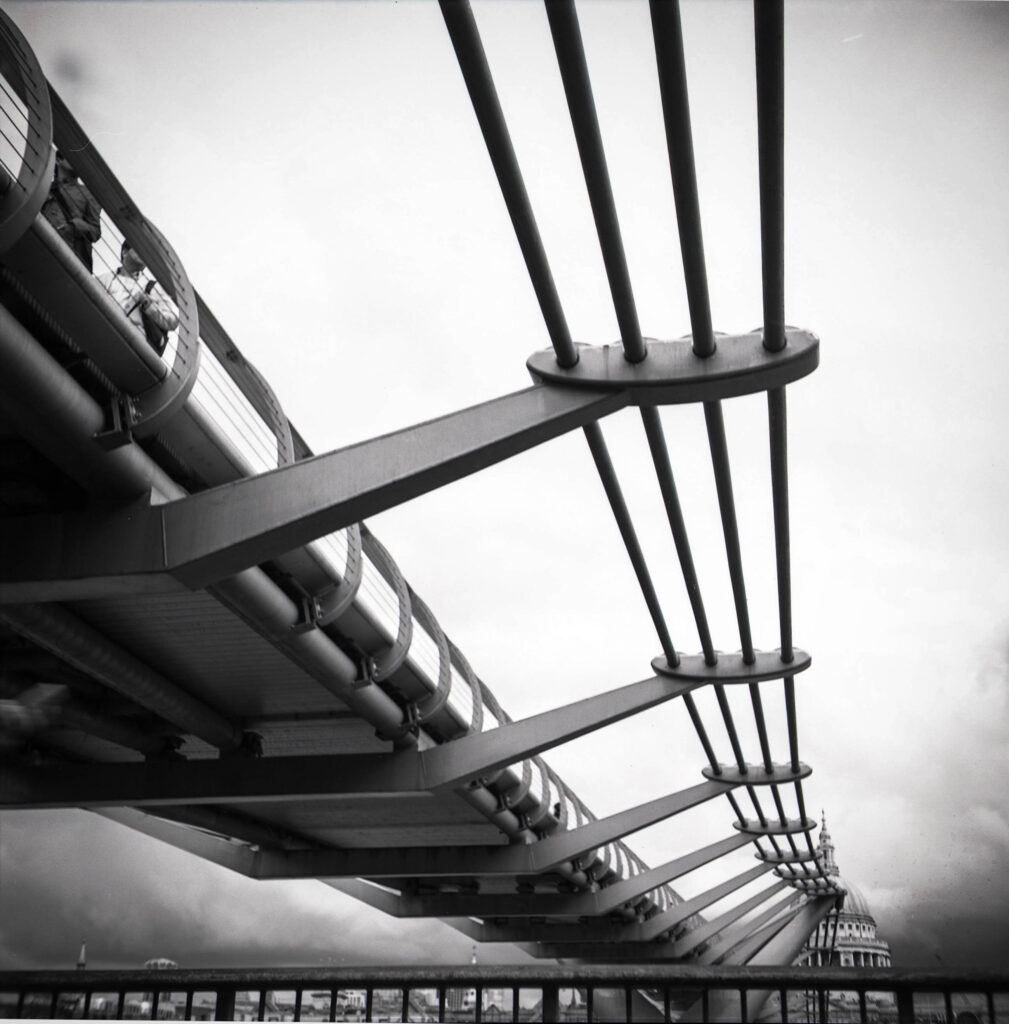
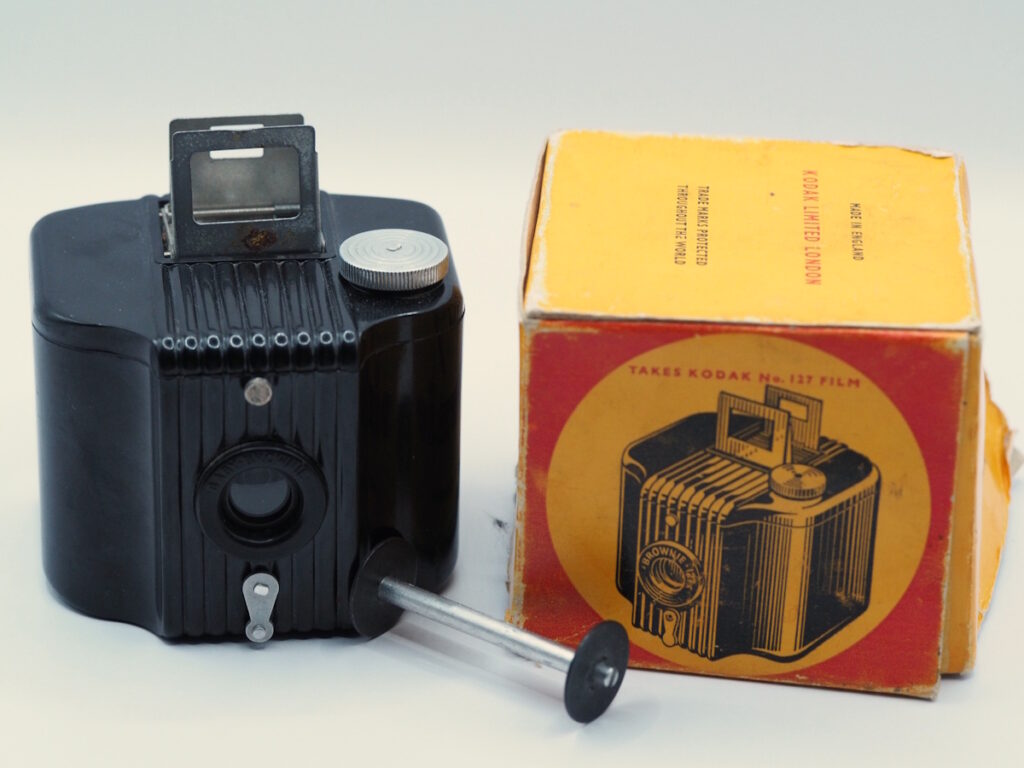
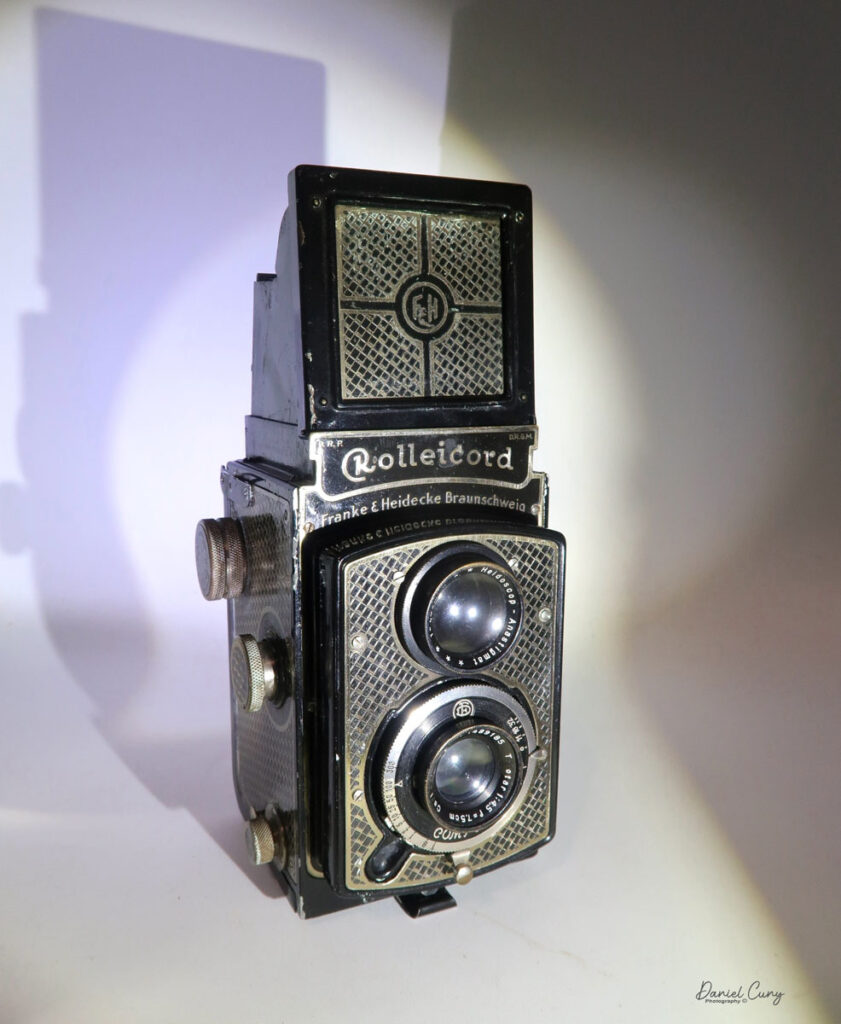
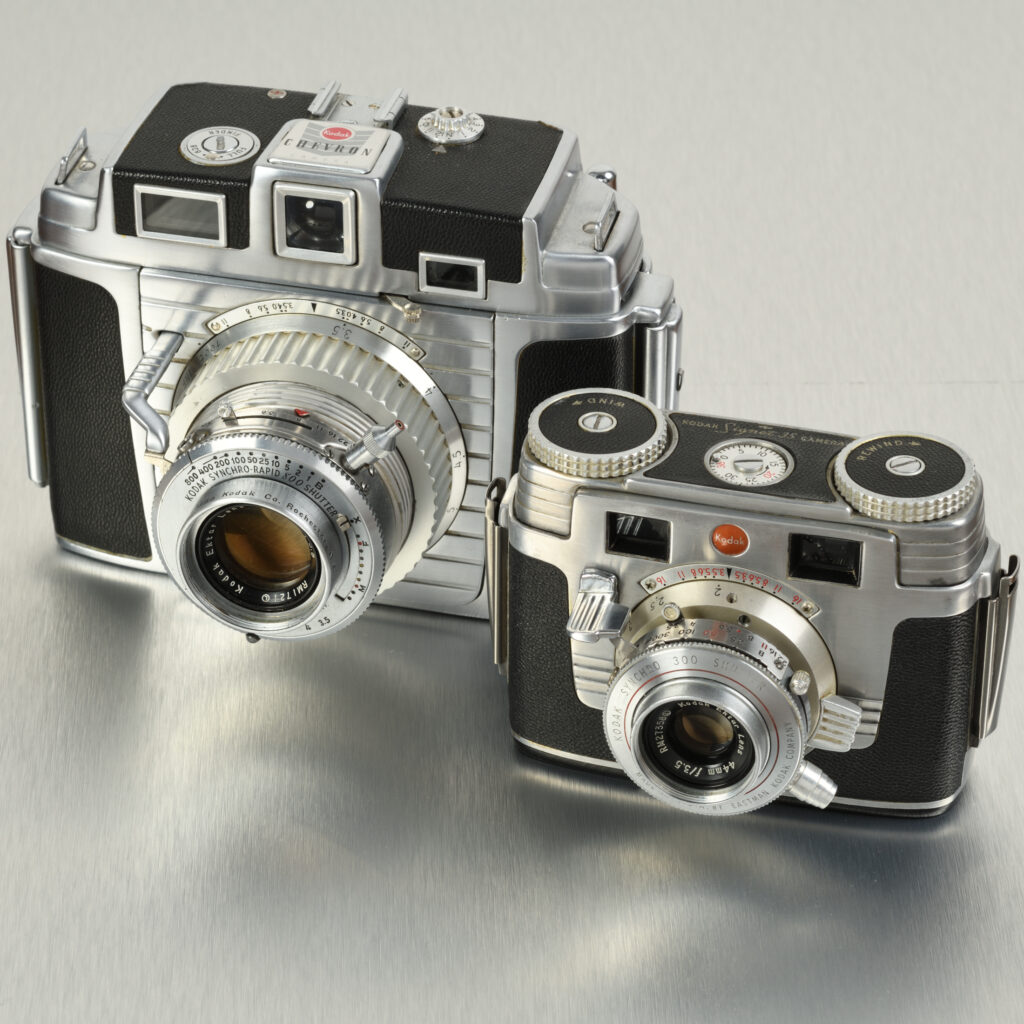




Comments
Michael on Pentax 645 – A Review of a Budget Medium Format Workhorse
Comment posted: 03/06/2024
Comment posted: 03/06/2024
Comment posted: 03/06/2024
Ibraar Hussain on Pentax 645 – A Review of a Budget Medium Format Workhorse
Comment posted: 03/06/2024
I’d love to have one of each - the Film and Digital version but currently both well out of reach financially.
Comment posted: 03/06/2024
Jeffery Luhn on Pentax 645 – A Review of a Budget Medium Format Workhorse
Comment posted: 03/06/2024
Loved your take on the 645 and your wonderful portraits! When my photo business was raging with 40 employees in the late 1980s all of my shooters had their own medium format cameras. Other than color slides, we never shot 35mm. All product and food was done in 4x5 and 8x10.
I bonded with Hasselblad, but the quality of Mamiya TLR, Pentax 6x7, Rollei and Bronica all measured up to pro standards. At that time I didn't even know about Pentax 645. Fast forward to the present when I jumped back into film. I'm limited on funds, so I bought a 645N and 35mm wide auto focus lens. WOW WOW WOW!!!
Is it heavy and loud? Lord yes!!! More than one person has asked, "Is your camera broken?" Funny. I find my viewer to be much brighter than my Mamiya C330. The controls on the 645 N are worth the upgrade. More later.
Jeffery Luhn on Pentax 645 – A Review of a Budget Medium Format Workhorse
Comment posted: 03/06/2024
More accolades about the Pentax 645N: The only other auto film advance medium format camera that comes to mind is the Hasselblad EL, which was my go-to camera in the 1980s. Too expensive now....and the Pentax auto- focus (FA) lenses are a gift to my 71 year old eyes! I have a 35mm FA, Zoom 80-160mmFA and a manual focus 150mm. For reasons I can't figure out, the 80mm FA is about $350. Why? Too expensive for me right now. The 80-160 FA zoom was only $139, and because of the low price I was hesitant, but at the sweet spot of f/8 or f/11 it is pro level sharp. The weight of the camera and lens is considerable! But I'm a guitar and bass player, so I can choke the life out of a badger left handed. The results from the 645N beat my Leica with the 50mm Summicron.... at 8x10 print size. Of course the Leica has legendary glass, but size matters with film! I look forward to seeing more images from you and your Pentax!!!
Comment posted: 03/06/2024
Gary Smith on Pentax 645 – A Review of a Budget Medium Format Workhorse
Comment posted: 03/06/2024
Comment posted: 03/06/2024
Daniel Castelli on Pentax 645 – A Review of a Budget Medium Format Workhorse
Comment posted: 04/06/2024
Comment posted: 04/06/2024
Eric on Pentax 645 – A Review of a Budget Medium Format Workhorse
Comment posted: 04/06/2024
Comment posted: 04/06/2024
Patrick on Pentax 645 – A Review of a Budget Medium Format Workhorse
Comment posted: 06/06/2024